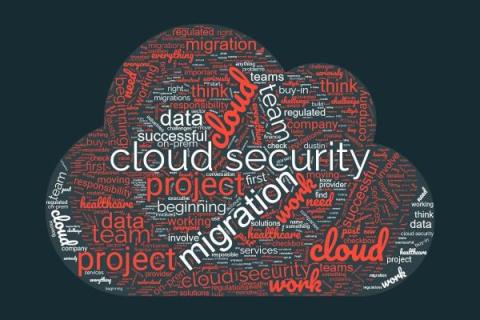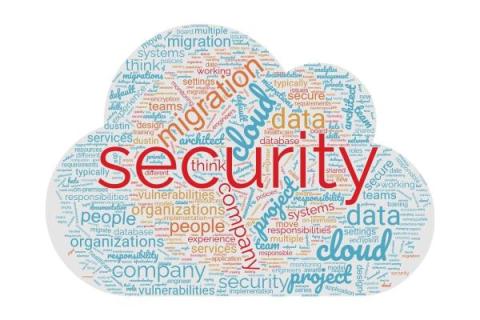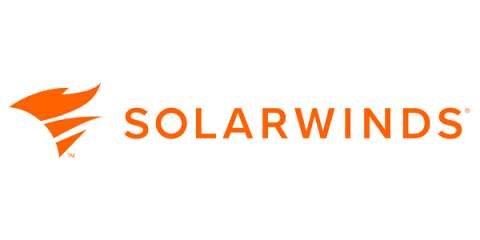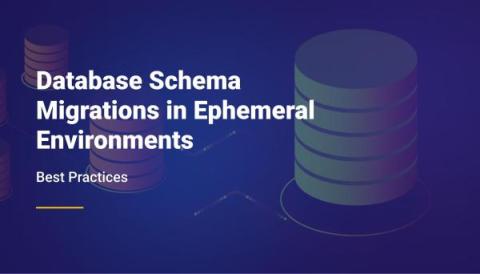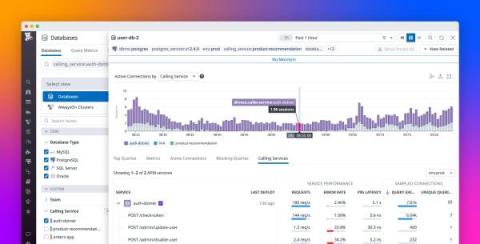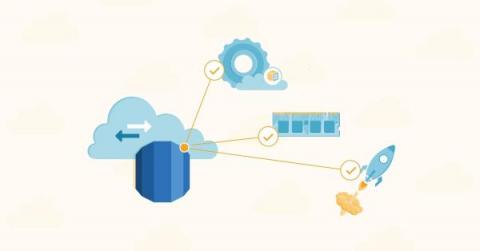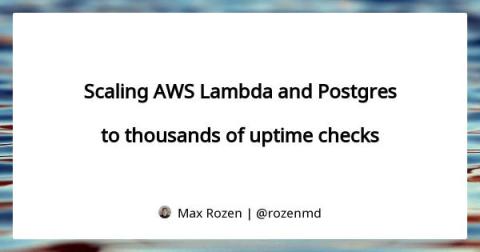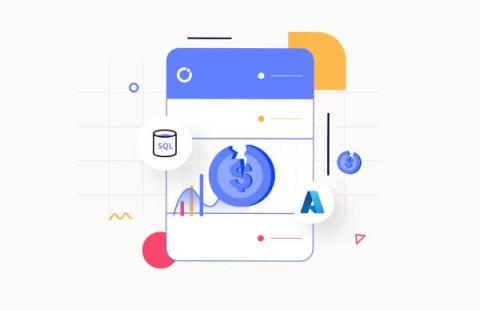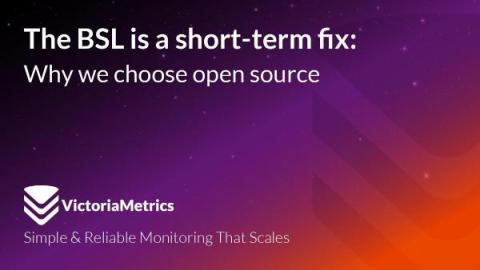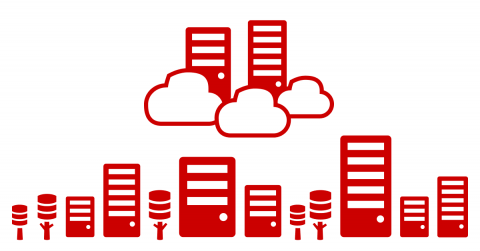Operations | Monitoring | ITSM | DevOps | Cloud
September 2023
How to get your security team on board with your cloud migration
Elastic SQL inputs: A generic solution for database metrics observability
Elastic® SQL inputs (metricbeat module and input package) allows the user to execute SQL queries against many supported databases in a flexible way and ingest the resulting metrics to Elasticsearch®. This blog dives into the functionality of generic SQL and provides various use cases for advanced users to ingest custom metrics to Elastic®, for database observability. The blog also introduces the fetch from all database new capability, released in 8.10.
Find slow database queries with Query Insights
There’s only so much you can control when it comes to your app’s performance. But you control what is arguably most important - the code. Sentry Performance gets you the code-level insights you need to resolve performance bottlenecks.
Security in the cloud: Whose responsibility is it?
SolarWinds Day September 2023 Database Session
SQL Performance Tuning: 7 Practical Tips for Developers
Being able to execute SQL performance tuning is a vital skill for software teams that rely on relational databases. Vital isn’t the only adjective that we can apply to it, though. Rare also comes to mind, unfortunately. Many software professionals think that they can just leave all the RDBMS settings as they came by default. They’re wrong. Often, the default settings your RDBMS comes configured with are far from being the optimal ones.
SolarWinds Continues Ongoing Business Evolution With New and Upgraded Service Management and Database Observability Solutions
Database Schema Migrations in Ephemeral Environments: Best Practices
Seamlessly correlate DBM and APM telemetry to understand end-to-end query performance
When the services in your distributed application interact with a database, you need telemetry that gives you end-to-end visibility into query performance to troubleshoot application issues. But often there are obstacles: application developers don’t have visibility into the database or its infrastructure, and database administrators (DBAs) can’t attribute the database load to specific services.
The Ultimate RDS Instance Types Guide: What You Need To Know
SQL Sentry Then and Now
Scaling AWS Lambda and Postgres to thousands of simultaneous uptime checks
The Future of SQL Sentry
Amazon RDS: managed database vs. database self-management
Amazon RDS or Relational Database Service is a collection of managed services offered by Amazon Web Services that simplify the processing of setting up, operating, and scaling relational databases on the AWS cloud. It is a fully managed service that provides highly scalable, cost-effective, and efficient database deployment.
Deploying Scalable Next.js Applications on Netlify with PostgreSQL and Redis
Navigating the risk of sharing database access
Using GitOps for Databases
In our previous article about Database migrations we explained why you should treat your databases with the same respect as your application source code. Database migrations should be fully automated and handled in a similar manner to applications (including history, rollbacks, traceability etc).
Azure SQL database cost optimization to maximize savings
The BSL is a short-term fix: Why we choose open source
On August 13 2023, users of HashiCorp’s Terraform forked the software under the name OpenTF. This was a strong and rapid community reaction to HashiCorp switching the license on their products merely three days before. The list of companies and individuals pledging their support to the new fork has been overwhelming. The new license that HashiCorp has chosen for its products, the Business Source License (BSL), is no longer open source, but instead source-available.



